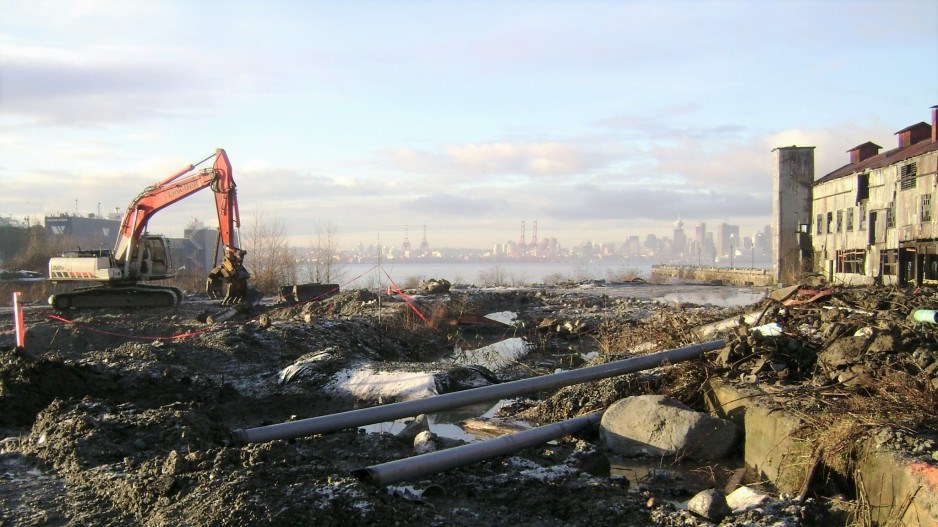Going green can be a golden opportunity.
British Columbia’s geography, population distribution and climate have hindered the opportunities for land development. Vancouver is one of the tightest industrial markets in the world, and space for businesses that service the region – whether it’s manufacturing, logistics or e-commerce – is in critically short supply.
However, thousands of properties ripe for development are often overlooked due to environmental impediments that can easily increase costs.
Brownfields, undeveloped land which has contamination, can be redeveloped and returned to productive use, while generating significant economic, environmental, and social benefits.
In the Lower Mainland of B.C. alone, thousands of properties are sufficiently valuable by comparison with clean-up costs to be ripe for greening.
Brownfield sites can be found in urban and rural municipalities across B.C. These properties can have significant negative impacts on the environmental, economic and social quality of life, even in communities with only a few brownfield sites, such as abandoned gas stations or manufacturing facilities.
Just one large boarded-up factory that sits idle can cost the local government and the province hundreds of thousands of dollars each year in lost property tax revenues. Furthermore, the negative impacts of brownfields can be pervasive and increase over time, particularly if a stigma has developed around these sites.
Higher population densities in urban areas, especially in larger urban areas such as Vancouver and Victoria, create greater demand and competition for brownfield sites due to the proximity of these sites to existing residential and employment areas and existing public amenities and services.
Because of the land shortage in the Lower Mainland, property prices are skyrocketing.
Brownfields are more often found in central urban locations, and their existing links to transportation and other forms of infrastructure provide unmatched development opportunities.
Brownfield redevelopment projects can also act as catalysts for additional private sector investment.
Brownfield Renewal BC estimates that brownfield clean-up and redevelopment often leads to property value increases of up to 15% in the area surrounding the site up to over a kilometre away.
Redeveloping brownfields is not limited to commercial developments. They can be redeveloped into parks and open civic spaces, community housing developments and places of recreation, or municipal transportation and infrastructure centres.
The best opportunities are stigmatized sites that are overlooked for various reasons. If you’re interested in a contaminated property for its real estate merits, NEXT Environmental recommends casting aside premature doubts and digging deeper. You may be surprised at the many ways an acceptable deal can be structured, allowing you to capitalize on misconceptions.
In all cases, it is essential to make the offer subject to a satisfactory environmental inspection because liability for contamination under the Environmental Management Act belongs to the property owner, even if that owner did not cause the contamination to occur.
NEXT Environmental specializes in detailed site investigations and contaminated site remediation. As environmental experts, they can easily guide you through the otherwise complicated process of brownfield remediation.
A major brownfield transformation that NEXT was involved with is the remediation of B.C.’s largest shipyard for the stellar Pinnacle International development of The Pier at Lonsdale and Esplanade in North Vancouver.
To get started on a brownfield cleanup and redevelopment with expert environmental guidance, visit nextenvironmental.com.




